Vaginal Wellness: Tips, Nutrition, Care & What's Normal
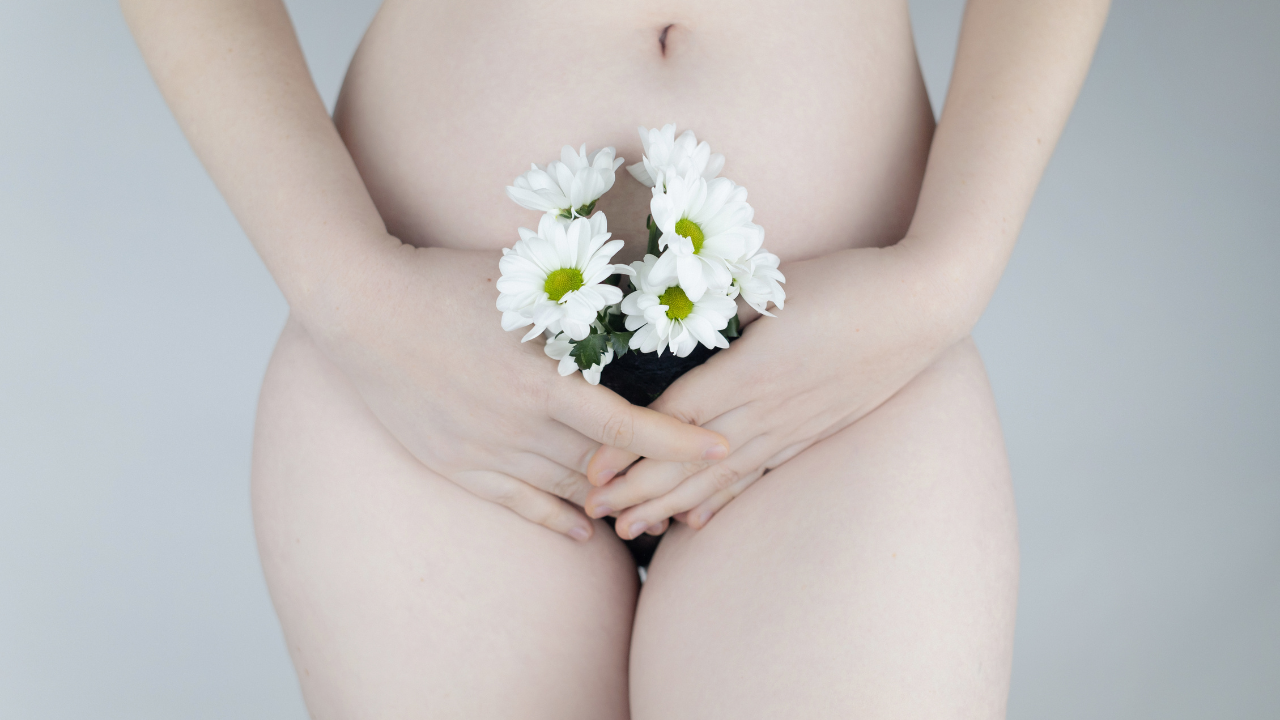
Table of Contents
Vaginal health shifts over time, and different lifestyle elements play a large role. Sometimes the ecosystem slides a little off balance, but the reassuring truth is that the vagina is self-cleansing and self-healing. When you create the right conditions, she tends to rebound quickly.
This article is a clear guide to vaginal wellness. We’ll look at what actually influences comfort and the daily habits that prevent irritation, so your vagina stays healthy and happy, doing what she does best.
What affects vaginal health?
Sexual Activity
Semen is alkaline, with a pH around 7.2–8.0, while the vagina’s normal range is more acidic at 3.8–4.5. When semen enters the vagina, it raises the pH for several hours, which can temporarily reduce the number of protective lactobacilli. Alkaline semen briefly neutralizes the lactic acid produced by these bacteria. Friction during penetration can cause small surface irritations, especially if lubrication is low, increasing the likelihood of BV or yeast infections due to microtears and shifts in flora.
Certain Health Conditions and Treatments
Some medical realities can tilt the vaginal environment. Blood-sugar swings increase available sugars in vaginal fluid, which yeast use as fuel and which can nudge pH upward. Immune suppression reduces mucosal defenses (like secretory IgA), so unhelpful microbes attach and multiply more easily. Lower estrogen from hormonal shifts or medical treatment thins the lining, reduces glycogen (the food source lactobacilli convert into lactic acid), and raises pH, leaving tissue drier and more reactive.
Birth Control
Some hormonal contraceptives lower circulating estrogen. When estrogen dips, the vaginal lining thins, makes less natural moisture, and becomes less stretchy. Thin, dry tissue is quicker to sting during penetration and more prone to tiny surface tears. If you notice new dryness or soreness after starting a method, ask your clinician about options with a different estrogen/progestin profile. Support the tissue with vitamin-E–rich foods and steady hydration while your body adjusts.
Hygiene Products
Fragrance, dyes, antibacterial additives, and strong surfactants are common irritants on vulvar skin. These ingredients strip the protective oils and leave the area red, itchy, or raw after contact. Keep cleansing simple with warm water or a very mild, fragrance-free wash on the outer folds only; no douching, sprays, wipes, or powders. Choose plain, breathable underwear; change out of sweaty clothes promptly; and test any new product on a small area first. If irritation flares, stop the suspected product immediately and switch to bland care until the skin settles.
Pregnancy and Childbirth
Pregnancy increases estrogen, which can make discharge heavier and more slippery while also lowering pH. This can help protect against certain infections but may also encourage yeast if other factors shift. Vaginal tissue stretches significantly during birth, and postpartum healing depends on blood flow, tissue repair, scar remodeling, and a gradual return to sexual activity. Scar tissue or reduced elasticity after tearing or stitches can influence comfort and sensitivity for months.
Body Connection
When a woman feels disconnected from her pelvic area, after trauma or surgery, or during long periods with little body awareness, sensation can diminish. Muscles may either hold chronic tension or lose tone entirely. Regular, non-sexual touch, such as gentle external massage or warm compresses, can improve blood flow and bring awareness back to the area. This awareness supports easier arousal and more consistent lubrication.
Hormone Levels
Estrogen keeps the vaginal lining elastic and well-lubricated, with a dense blood supply. Levels rise and fall during the menstrual cycle, affecting discharge texture and pH. After menopause, the drop in estrogen often leads to dryness and thinning of tissue, which can also result in a higher pH that makes the vagina more prone to irritation or infection.
Pelvic Floor Relaxation
When pelvic floor muscles are clenched for long periods, often unconsciously, blood flow to the vaginal tissues decreases. This can cause aching, burning, stabbing pain, or a raw, irritated feeling during penetration, along with persistent pelvic pressure. Breath-paced pelvic floor relaxation (consciously letting the muscles drop on exhale) can restore circulation and help reduce pain over time.
Vaginal Flora, PH Balance & Discharge
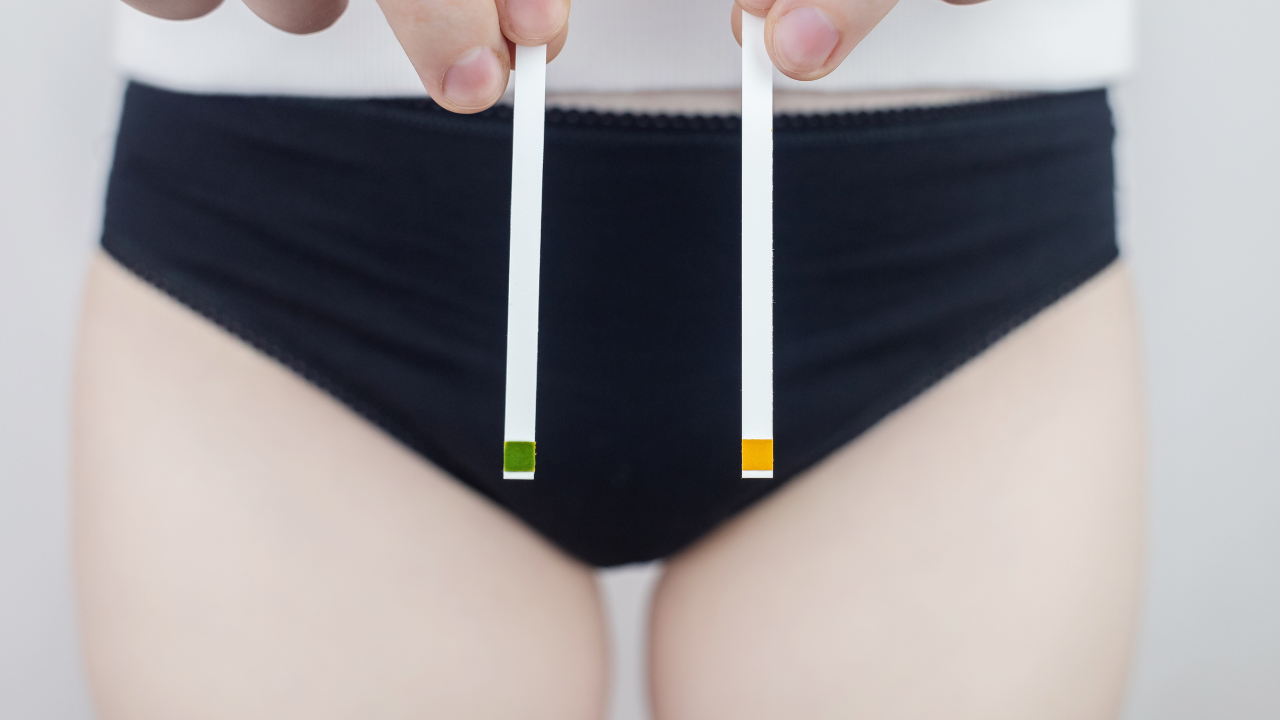
What Is Vaginal pH?
Vaginal pH is a measure of how acidic or alkaline the vaginal environment is. A healthy vagina is slightly acidic, with a pH between 3.8 and 4.5. This acidity comes from lactobacilli, beneficial bacteria that break down sugars into lactic acid, creating a barrier against bacteria and fungi. Estrogen helps maintain this environment by supporting the growth of these protective bacteria. When pH rises above this range, harmful organisms can multiply and cause odor and irritation, or lead to infection and abnormal discharge.
What Can Shift pH?
Several things can make vaginal pH less acidic. Menstrual blood is alkaline and can make pH less acidic during your period. Soaps, douches, vaginal deodorants, or scented sprays can wash away the good bacteria and disrupt acidity. Hormonal changes during menopause or certain birth control methods may cause the vagina to become drier and less acidic. Antibiotics reduce the number of lactobacilli, which allows bacteria or yeast to overgrow.
What Is Normal Discharge?
Normal discharge becomes clearer and more slippery near ovulation, and thicker or stickier after. It is usually clear, white, slightly yellow, or off-white when dry on underwear. The texture may be slippery and egg-white around ovulation, or creamy and sticky at other times such as after menstruation. Normal discharge may increase with arousal or exercise and usually has a mild, musky scent. The amount can range from almost nothing to several milliliters a day, depending on hormones and hydration.
Signs That pH or Discharge Is Abnormal
Warning signs include thick, lumpy discharge with a texture like cottage cheese, which often signals a yeast infection. Discharge that turns green, gray, bright yellow, or brown, or that smells foul or fishy, or sometimes metallic or sour, can be a sign of bacterial vaginosis or another infection. Persistent itching, burning, swelling, or pain are red flags, especially if they are new or severe. Bleeding between periods, or discharge that causes irritation and redness on the vulva, also require attention.
Probiotic-Rich Foods for a Healthy Vagina
Fermented foods with live cultures provide beneficial bacteria to the gut, which can migrate to or signal the vagina to increase acid production. Fermented foods feed existing lactobacilli, ensuring the vaginal pH stays in the optimal acidic range that deters infection.
-
Kimchi delivers live strains of Lactobacillus plantarum and L. brevis that survive digestion and colonize the lower intestine. Once established, these bacteria produce lactic acid, which is absorbed through mucous membranes and delivered to the vaginal lining, creating acidic conditions that suppress yeast and prevent harmful bacteria like Gardnerella from multiplying. Kimchi’s sulfur compounds also act as prebiotics, fueling native lactobacilli so flora can rebound after antibiotics or illness.
-
Raw, unpasteurized sauerkraut contains a broad spectrum of lactobacilli that replenish depleted populations after antibiotic use or recurrent infections. These strains maintain a low vaginal pH by supporting lactic acid production and releasing bacteriocins, proteins that directly inhibit yeast and bacteria from attaching to the tissue. Sauerkraut is most effective when eaten raw, not vinegar-preserved, as pasteurization kills live bacteria.
-
Plain, unsweetened yogurt supplies Lactobacillus acidophilus and L. rhamnosus, proven to travel through the GI tract and modulate immune function. These bacteria release lactic acid and hydrogen peroxide, which create a chemical environment that stops yeast and bacterial vaginosis organisms from colonizing the vaginal lining. Yogurt’s peptides and calcium are absorbed and delivered to the vaginal tissue, where they strengthen cell membranes and accelerate healing after friction or infection.
Moisture & Lubrication Foods
Vaginal tissue relies on specific fats and estrogens to maintain its structure and ability to trap moisture. These nutrients are absorbed into the blood and incorporated into cell membranes, collagen fibers, the mucous layer, and supporting connective tissue, giving the lining both stretch and resilience after dryness or friction.
-
Flaxseeds contain lignans, which mimic estrogen and bind to estrogen receptors in vaginal cells, signaling the tissue to thicken, increase blood flow, boost the formation of mucous cells, and ramp up secretion of protective mucus. Their omega-3 fats are integrated into the lipid membranes of vaginal cells, helping the tissue trap and retain water. The fiber in flax binds to excess estrogen in the gut, reducing hormonal overload that can otherwise dry out the vaginal lining or disrupt pH. Flax works best ground and eaten raw or blended, as whole seeds pass through undigested.
-
Avocado is a source of monounsaturated fats and vitamin E, both absorbed through the intestine and delivered to the vaginal epithelium. These fats are used to rebuild the cell membranes, locking in moisture and providing the tissue with flexibility. Vitamin E helps patch damaged cell walls after micro-tears from sex or physical activity. Plant sterols in avocado support estrogen production, ensuring the lining stays thick and hydrated during cycles of hormonal fluctuation or menopause.
-
Sweet potatoes provide beta-carotene, converted in the liver to vitamin A. This vitamin is essential for producing mucins, glycoproteins that line the vaginal canal and function as water-holding molecules. When vitamin A is plentiful, the mucosal layer thickens, protecting tissue from dryness or chafing. Sweet potatoes are especially useful during postpartum recovery, perimenopause, menopause, or times when dryness is triggered by hormonal shifts.
-
Almonds deliver vitamin E, monounsaturated fats, magnesium, and zinc. Vitamin E is absorbed with fats and deposited in the membranes of vaginal cells, stabilizing and repairing tissue after inflammation or friction. Magnesium and zinc support the synthesis of collagen, which is vital for maintaining the tissue’s strength and elasticity. These minerals also moderate inflammation, speeding healing after irritation or minor injury.
Drinks for Vaginal Health
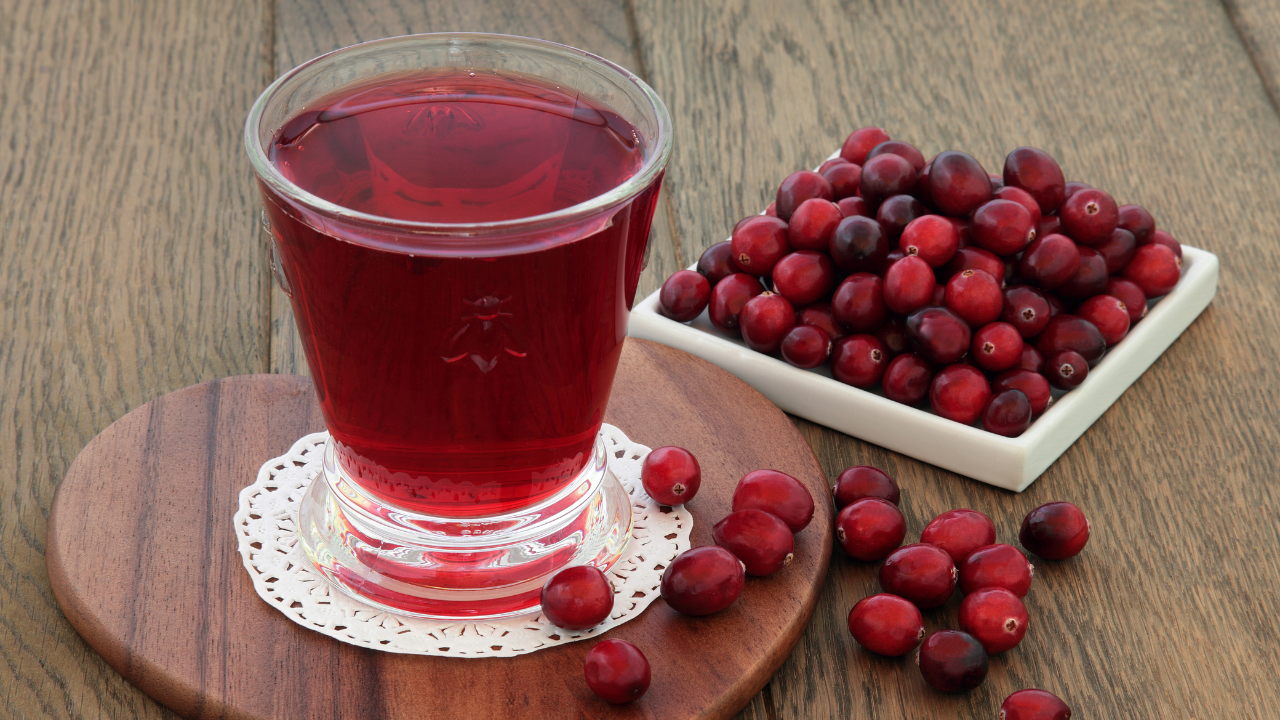
Unsweetened Cranberry Juice
Unsweetened cranberry juice delivers high levels of proanthocyanidins (PACs), plant compounds that reach the urinary and vaginal tissues through the bloodstream after digestion. PACs act by coating the mucous membranes, physically blocking bacteria such as E. coli and Gardnerella from adhering to the tissue. This anti-adhesion effect helps prevent infections without disrupting protective lactobacilli, making it an excellent choice for urinary tract health.
Plain Kefir or Unsweetened Probiotic Drink
Plain kefir and unsweetened probiotic drinks contain live cultures of Lactobacillus and Bifidobacterium. When you drink kefir, these beneficial bacteria survive passage through the gut and signal for increased lactic acid production, both in the intestine and the vagina. Lactic acid lowers vaginal pH, making the environment more hostile to yeast and BV-causing bacteria. Regular intake increases the population of lactobacilli in the vaginal canal, strengthening natural defenses and improving resilience after antibiotics or infection.
Aloe Vera Water (In Moderation)
Aloe vera water provides polysaccharides and plant sterols that soothe and repair irritated mucous membranes. Once digested, these compounds are absorbed and circulated to mucous tissues, including the vaginal lining, where they support healing after dryness or irritation. Aloe’s polysaccharides also help increase tissue hydration, improving comfort and reducing rawness during hormonal shifts or after friction. Use only food-grade aloe water in moderation; excess intake can cause digestive upset, and aloe should be avoided during pregnancy.
Unsweetened Pomegranate Juice
Unsweetened pomegranate juice is packed with polyphenols and ellagitannins, which are absorbed and delivered to pelvic tissues. These antioxidants decrease oxidative stress, help rebuild collagen, support microcirculation in the vaginal lining, and enhance tissue elasticity. Some studies also show that pomegranate compounds inhibit the growth of certain bacteria and yeast, supporting healthy flora and reducing the risk of infection after irritation or antibiotic use. Opt for pure, unsweetened juice to avoid excess sugar and maximize the antioxidant effect.
Green Tea
Green tea contains polyphenols such as EGCG (epigallocatechin gallate), which are absorbed and circulate to mucous membranes throughout the body, including the vagina. These antioxidants reduce low-level inflammation, promote blood flow to pelvic tissues, enhance tissue repair, and provide mild antimicrobial activity. Regular, unsweetened green tea intake may help reduce irritation after sex or infection, and support tissue repair and immune readiness. For best results, use loose leaf or high-quality bagged green tea, brewed without sweeteners or artificial flavors.
Supplements for Vaginal Health
Fish Oil (Omega-3 Fatty Acids)
Fish oil capsules supply concentrated omega-3 fatty acids, especially EPA and DHA, that are absorbed in the intestines and incorporated into the cell membranes lining the vaginal canal. These fatty acids improve membrane flexibility and help repair micro-tears, allowing the tissue to retain moisture and recover more quickly after friction or dryness. Omega-3s also dampen the inflammatory response, reducing redness, swelling, discomfort, and soreness after irritation or infection.
Probiotics (Lactobacillus rhamnosus and reuteri)
Probiotic capsules or powders deliver specific strains of live lactobacilli, most notably Lactobacillus rhamnosus and Lactobacillus reuteri. After swallowing, these bacteria survive stomach acid and populate the gut, where they signal the immune system and may migrate to the vaginal canal. Once established, they increase the production of lactic acid and hydrogen peroxide, lowering vaginal pH and suppressing the growth of yeast and BV-causing organisms.
Vitamin C
Vitamin C (ascorbic acid) is a water-soluble vitamin absorbed in the small intestine and distributed to mucous membranes throughout the body, including the vaginal lining. It acts as a cofactor in collagen synthesis, enabling the body to build stronger, more elastic vaginal tissue that resists tearing or thinning. Vitamin C also boosts immune cell activity in the mucous membranes, helping resolve inflammation after irritation or mild infection. When taken orally, vitamin C supports the repair of micro-tears and can reduce soreness or burning during penetration.
Vitamin D
Vitamin D3 (cholecalciferol) is absorbed with dietary fat and circulated to epithelial tissues, where it activates genes involved in immune defense and cell renewal. In the vaginal lining, vitamin D helps stimulate the production of new epithelial cells, thickening the tissue and increasing its ability to retain moisture. Higher vitamin D levels are associated with a lower risk of vaginal dryness or atrophy, particularly during menopause or periods of low sun exposure.
Vitamin E
Vitamin E (alpha-tocopherol) is a fat-soluble antioxidant absorbed with dietary fats and stored in cell membranes, including those of the vaginal lining. It protects vaginal cells from oxidative damage caused by friction or infection, and helps repair micro-injuries by stabilizing the cell walls. Oral supplementation increases vitamin E content in mucous membranes, improving the tissue’s ability to resist tearing, irritation, dryness, or burning and supporting natural lubrication.
Yoni Eggs & Vaginal Wellness
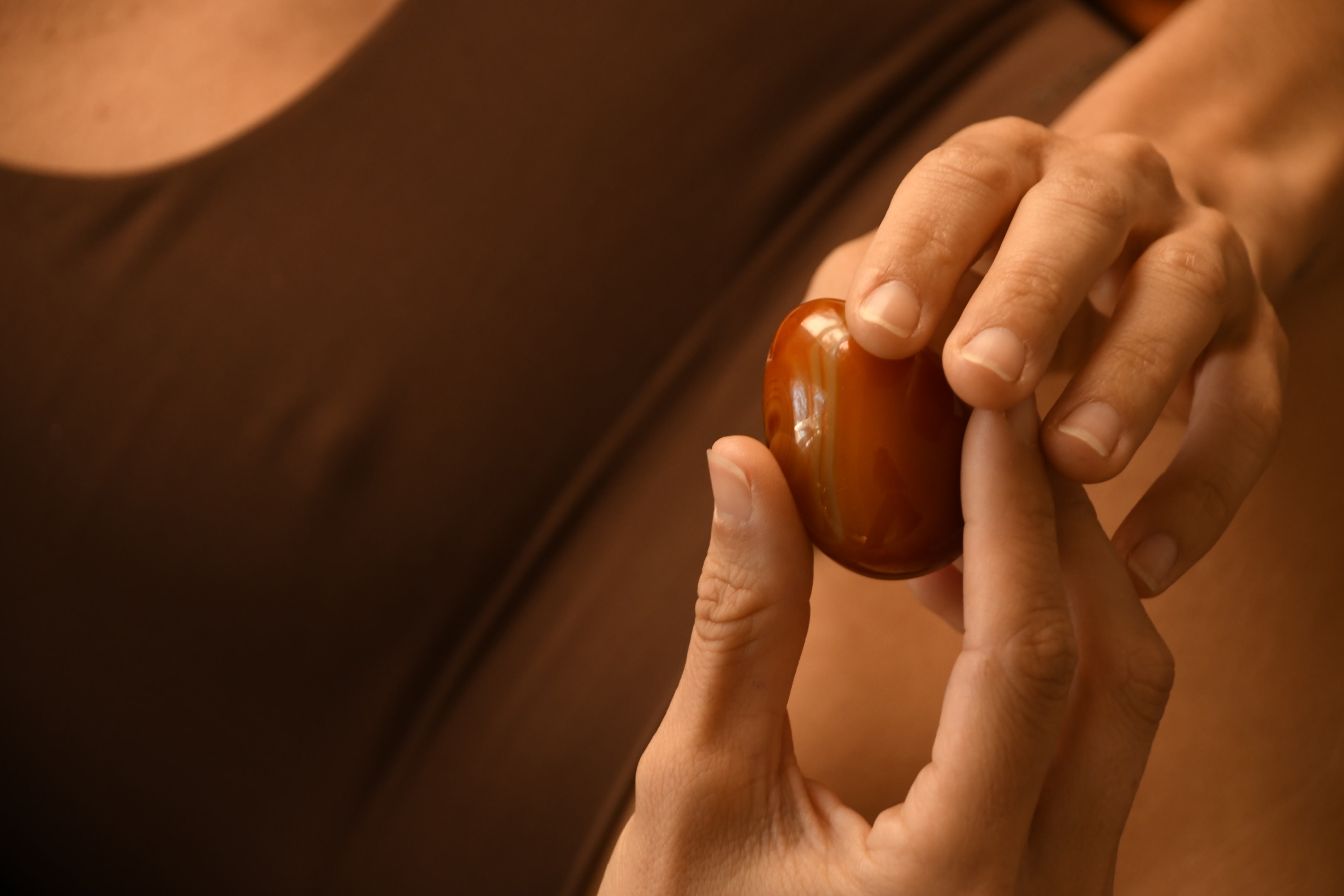
Yoni eggs can be used to physically strengthen the pelvic area. They give the vaginal walls a clear point of contact. That steady presence wakes up the “map” between your brain and pelvic floor so you can recruit the right muscles and fully release when you’re done. With better coordination comes better circulation and light engagement around the egg pulls fresh, oxygen-rich blood into the vaginal lining, which supports natural lubrication and faster repair after friction or dryness. Sensation along the front and side walls becomes easier to read, which often translates into more comfort and a smoother arousal curve.
The egg supports three pillars of vaginal wellness, which are circulation, coordination, and sensory clarity. There is also a somatic element to egg use, where many women use them to help clear emotions and stagnated energy that has settled in the pelvic area.
Yoni Steaming
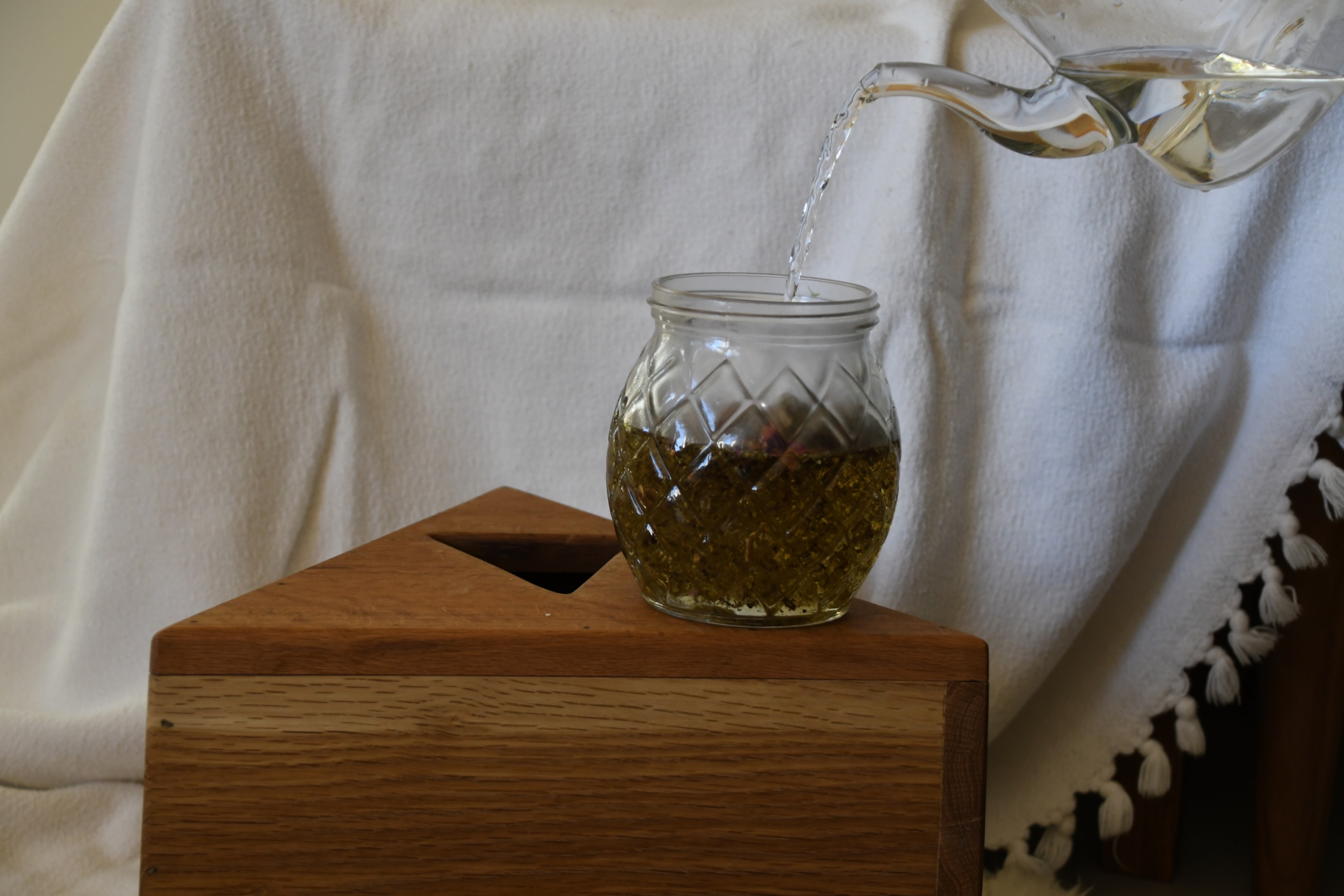
Yoni steaming is an external therapy that helps you deliver herbal compounds in the form of steam to the vaginal area. This can have many healing benefits. Gentle warmth rising from herb-infused water meets the vulva and perineum and invites superficial blood vessels to open.
This causes warm, well-perfused tissue to feel cushioned instead of raw, and the pelvic floor’s reflex to brace eases, which sets you up for less sting on initial contact and fewer flare-ups from daily friction. When you use simple herbs like calendula, chamomile, or rose you add light topical soothing without disrupting internal flora or pH.
Pubic Hair: To Shave or Not to Shave
Pubic hair acts as a barrier against friction and traps debris or sweat. It also protects the delicate vulvar skin from irritation or infection, and lowers the risk of small abrasions or redness. The density and texture of pubic hair help reduce direct contact between clothing and the sensitive skin at the vaginal opening, which can lower the risk of chafing or small abrasions.
When hair is removed, by shaving or waxing, the skin underneath is exposed to more friction from daily activity. Hair removal creates microtears and can lead to red bumps, ingrown hairs, pustules, or folliculitis (inflamed hair follicles). Shaving especially can result in stinging, swelling, small nicks, or bleeding that become entry points for bacteria and yeast, raising the risk of local irritation and infection.
The risks of removal increase if razors are dull or hair is pulled out from the root. Ingrown hairs happen when sharp, cut ends of hair curl back into the skin, causing painful bumps or even cysts. Waxing can leave the skin red and sensitive for days. Any form of removal can make the vulvar area more likely to become red, irritated, swollen, or develop bumps after sweat, tight clothing, sex, or physical exertion soon after.
Conclusion
My everyday vaginal wellness comes back to three simple anchors. First, I feed my body in ways that support the vaginal ecosystem. Second, I keep the vagina and pelvic floor responsive with yoni eggs and focused Kegels. Third, I practice clean, minimal hygiene where i stick to plain warm water or light herbal yoni washes when washing my sensitive areas so the vulva isn’t fighting irritation from products.
Every woman is different. I find it is important to treat vaginal health as normal upkeep, the same way you care for skin or teeth. With steady attention, you avoid the revolving door of recurrent irritation and avoid unnecesary flare ups that can be prevented easily.





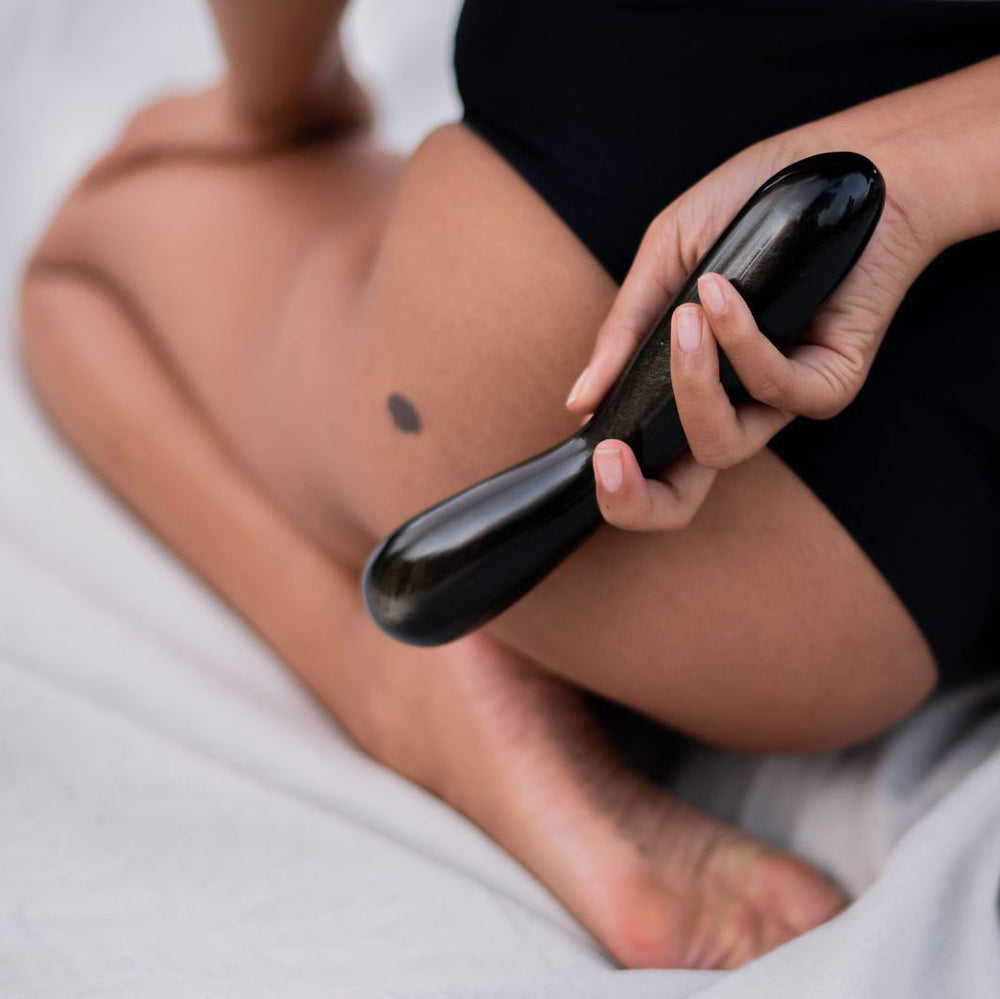
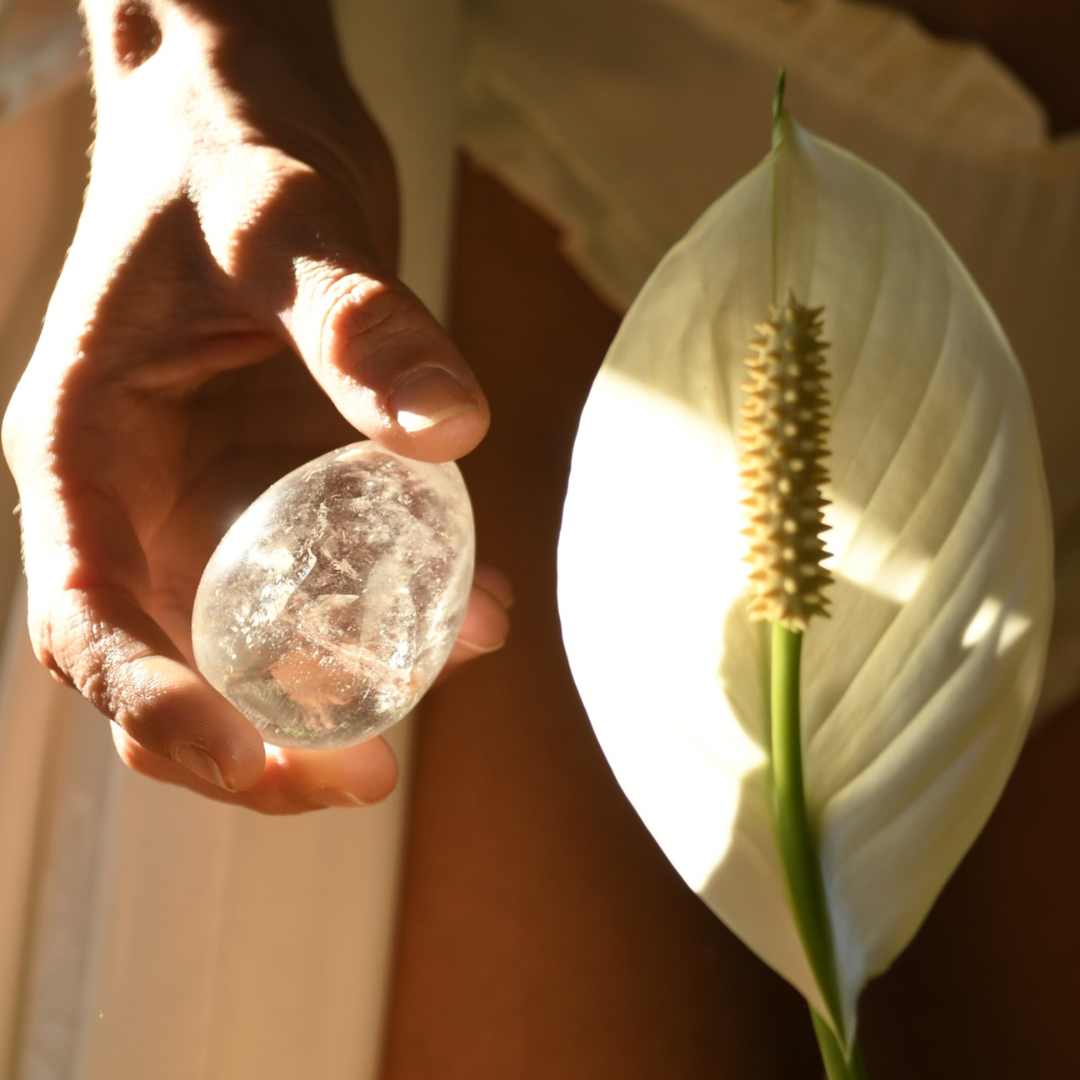

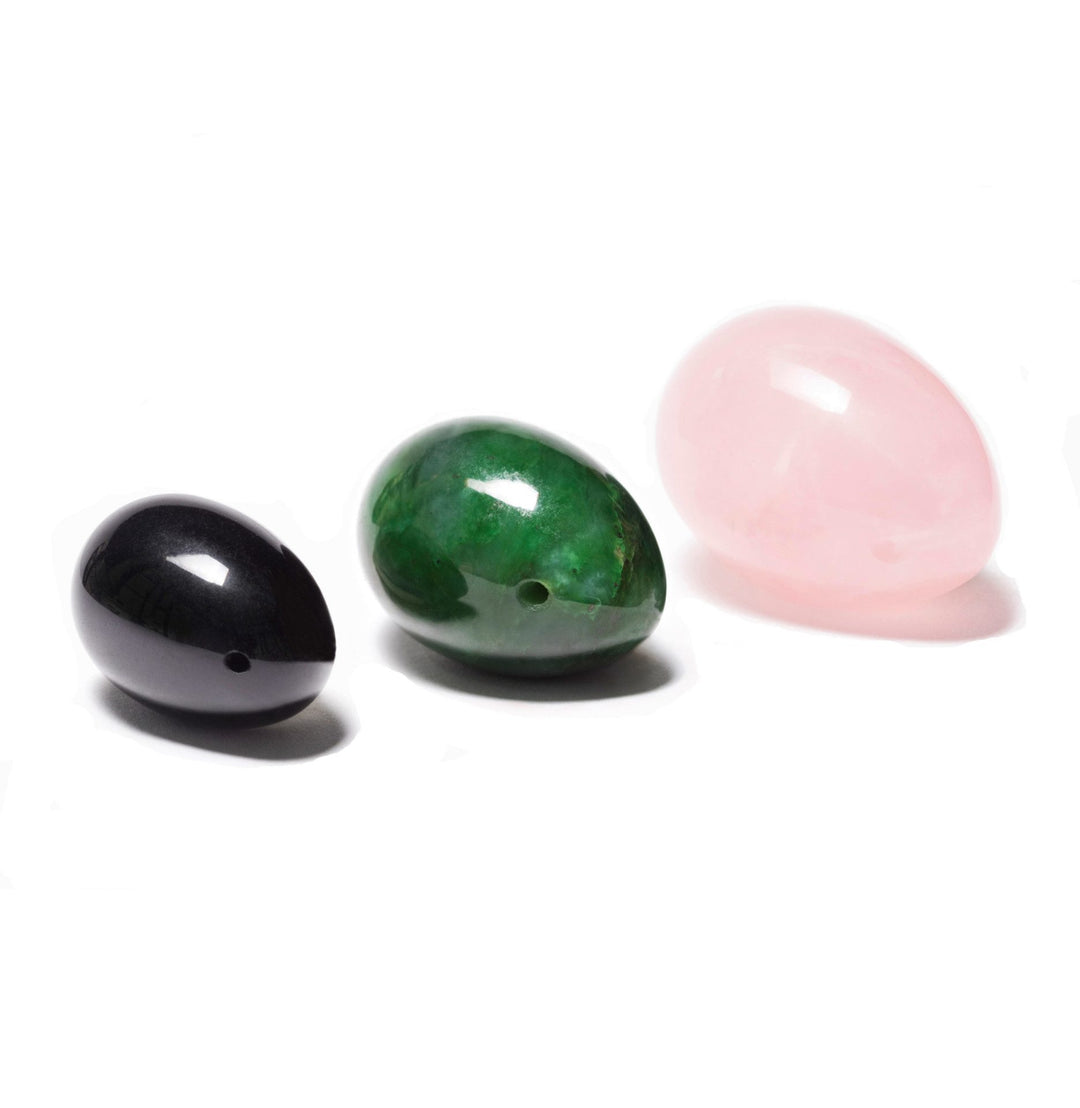
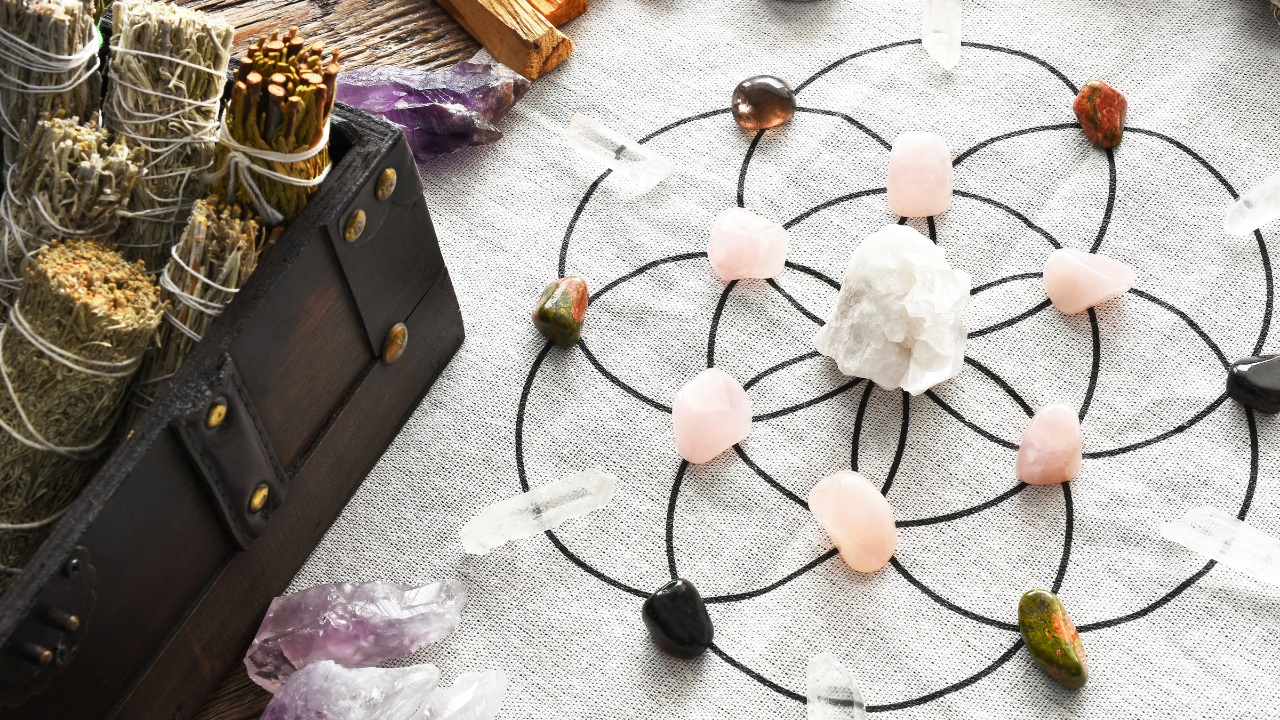
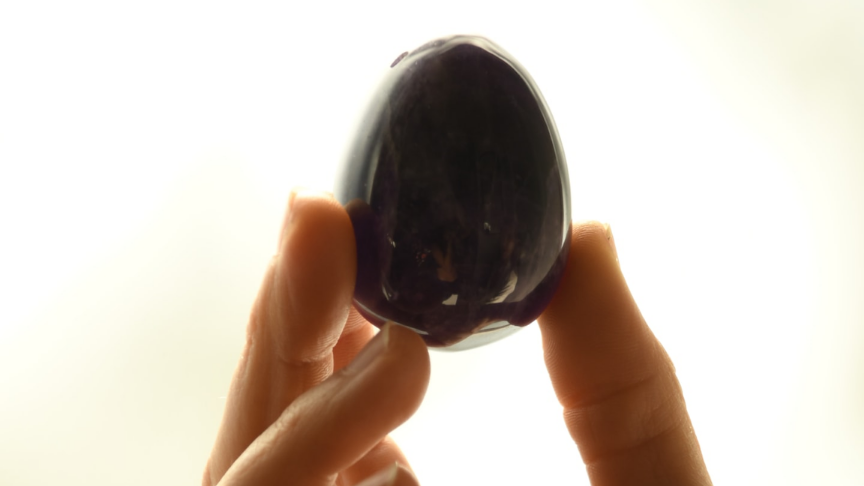
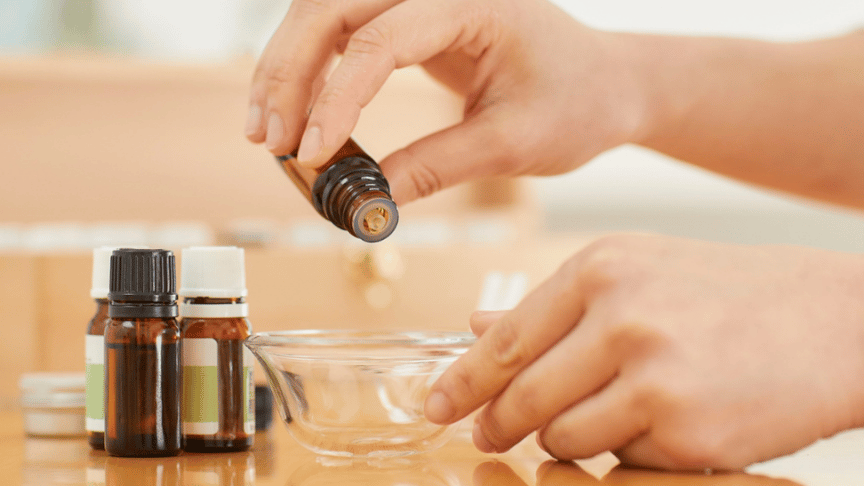
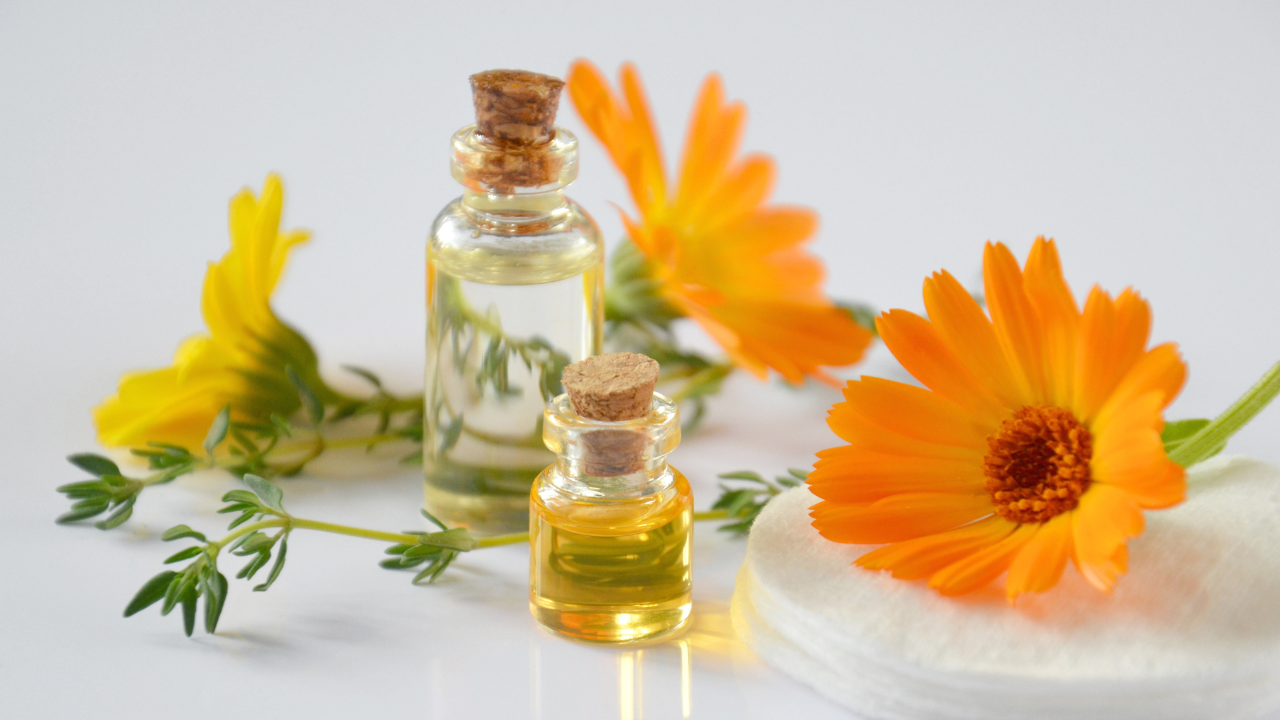
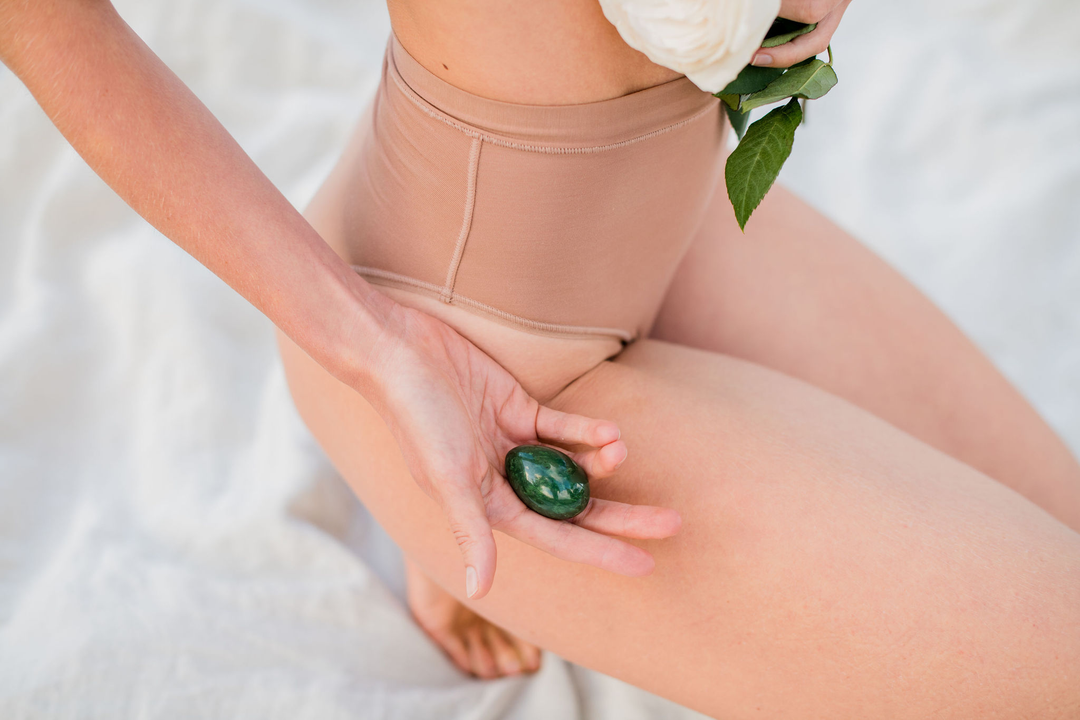
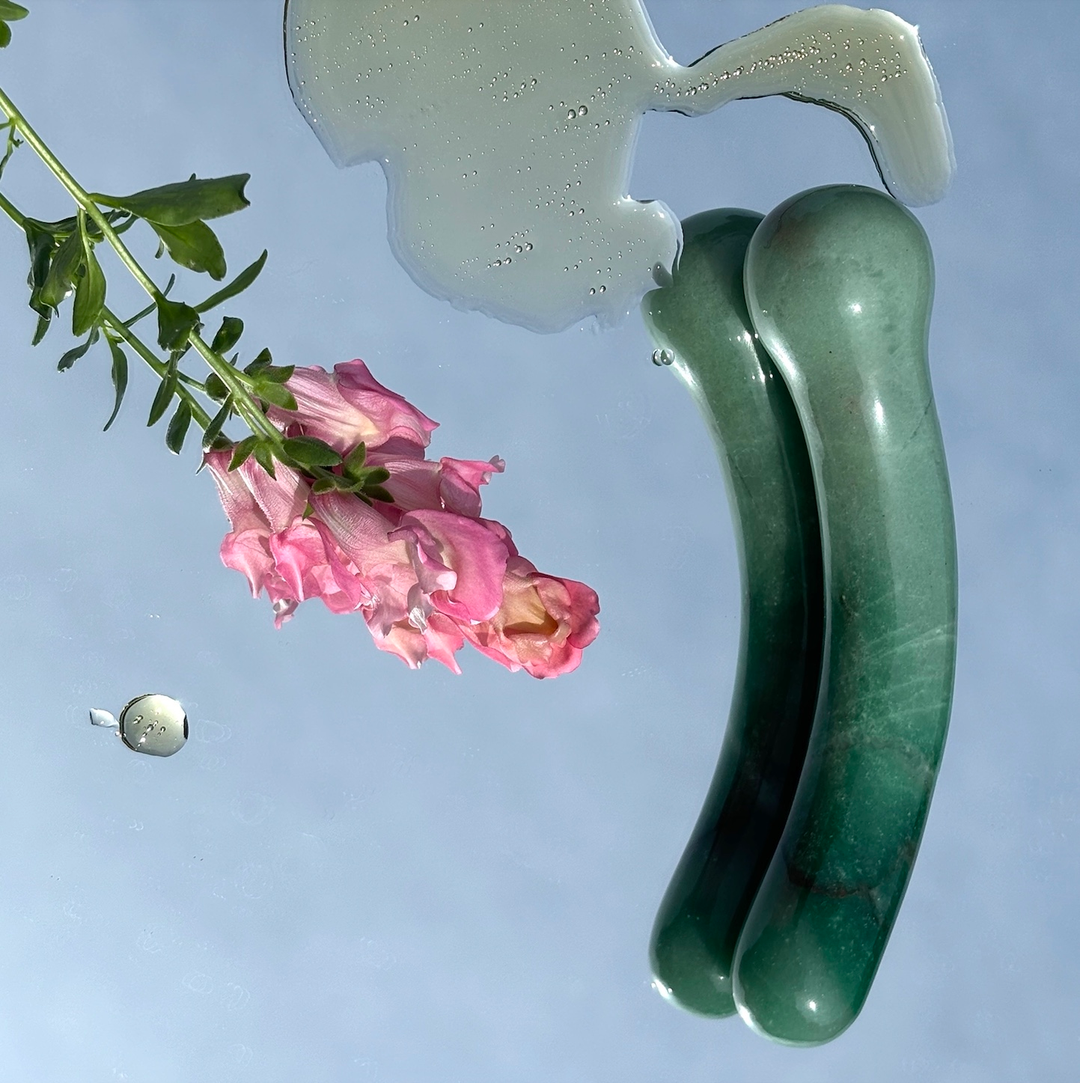
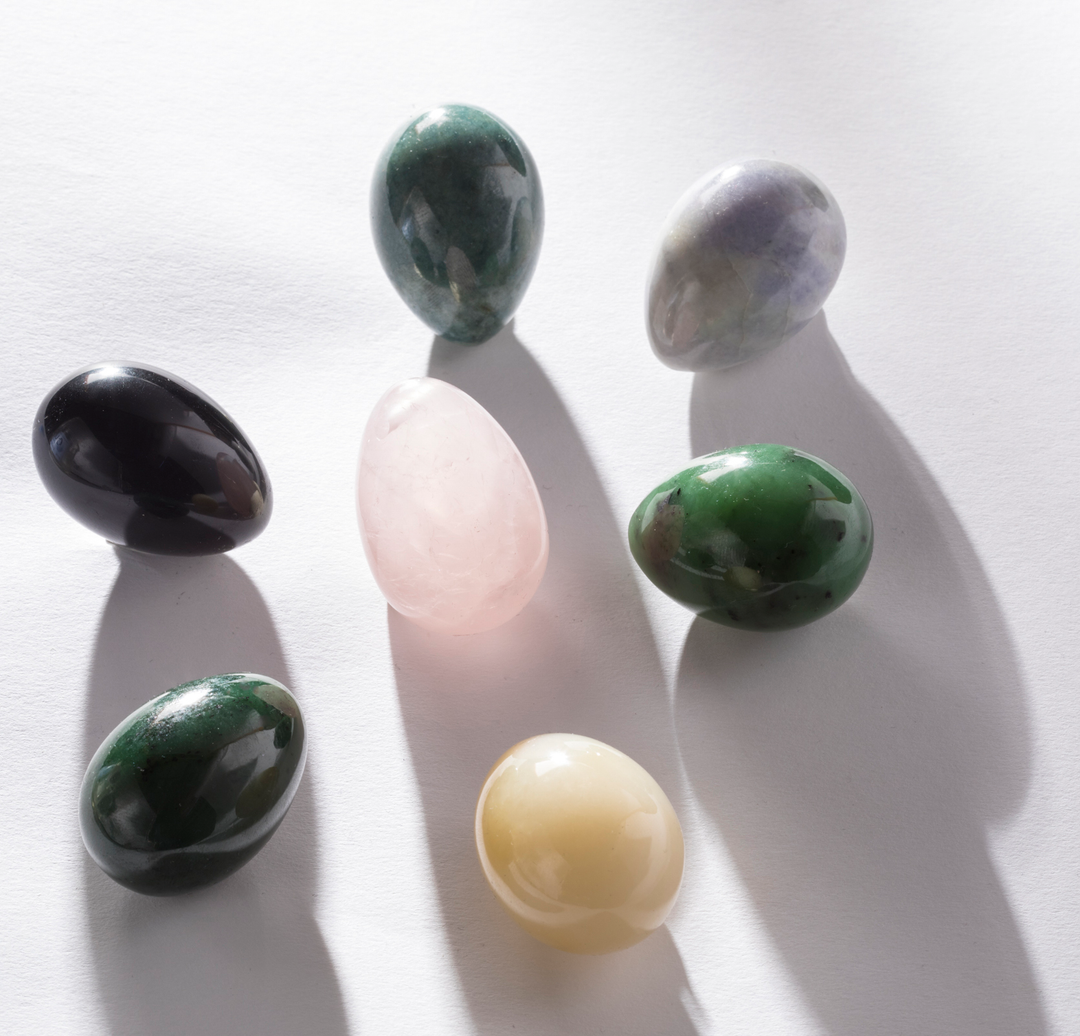
Leave a comment